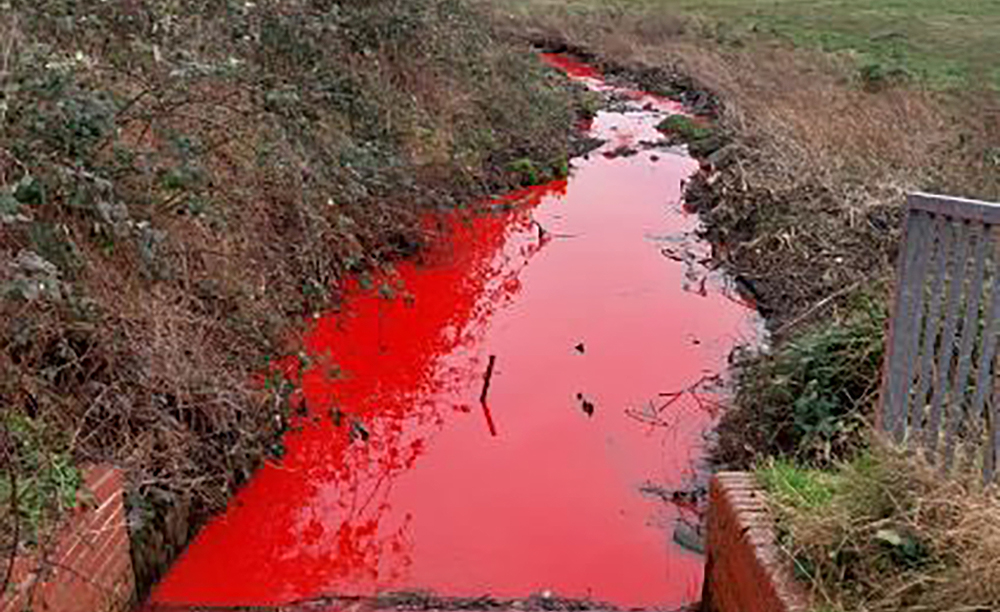Foreign species creates high risk to the environment in Antarctica, say Birmingham academics
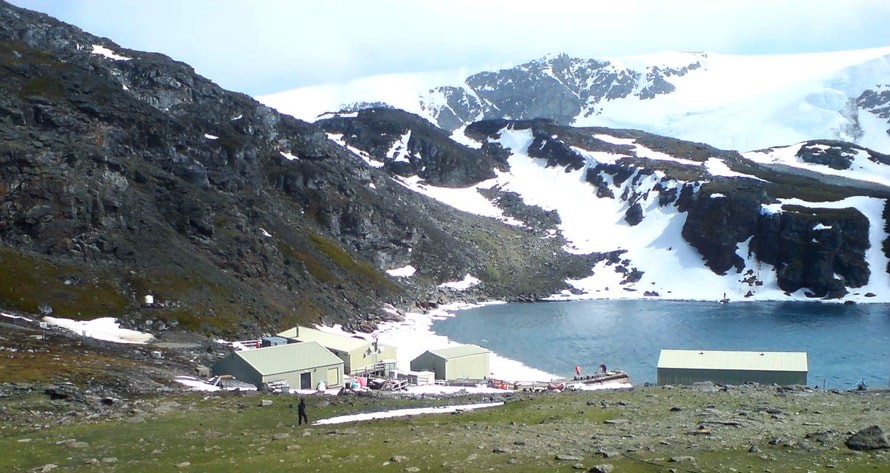
Researchers at the University of Birmingham say a bug that was moved to an island in Antarctica is presenting a risk to the island’s environment.
The tiny insect, almost naked to the human eye, is known as Eretmoptera Murphyi were accidentally moved to Signy Island by biologists from the 1960s when growing plants there, which originally came from South Georgia.
It has since been able to establish itself with great success on Signy Island, leading to an estimated biomass 2-5 times greater than all native invertebrate insects combined at sites where it occurs.
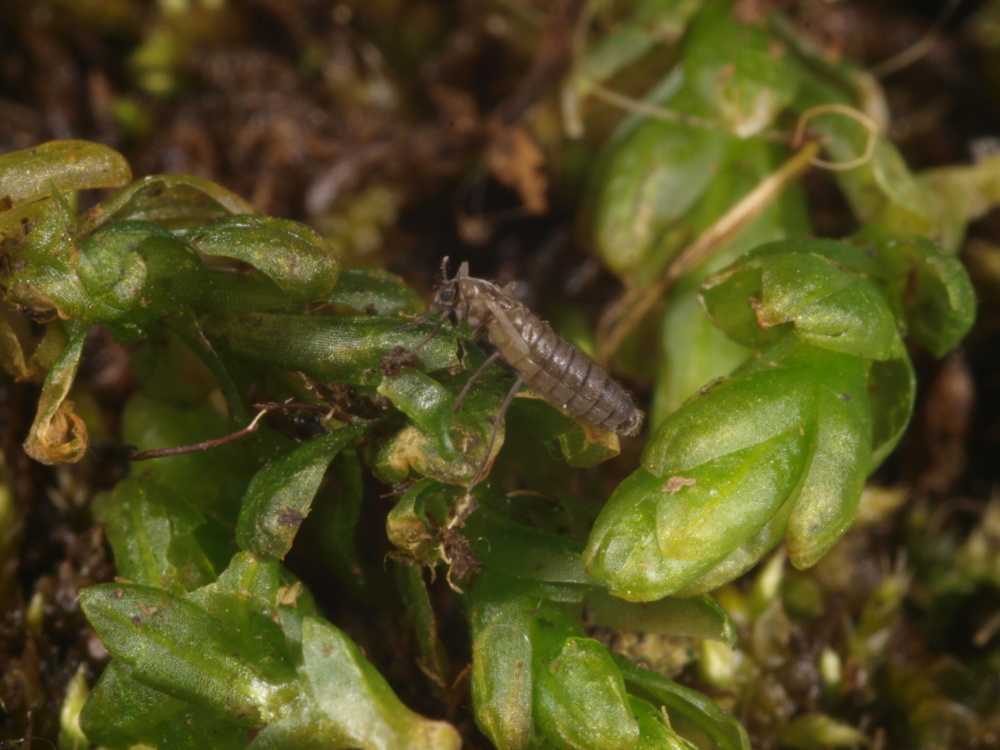 Roger Key
Roger Key A research team from the University of Birmingham and the British Antractic Survey is studying how the midge is able to survive in extreme polar conditions and the impact it may have on the region. The preliminary results suggest that this single ‘decomposer’ species can lead do more damage than the seals that frequent the area due to the nitrogen they release.
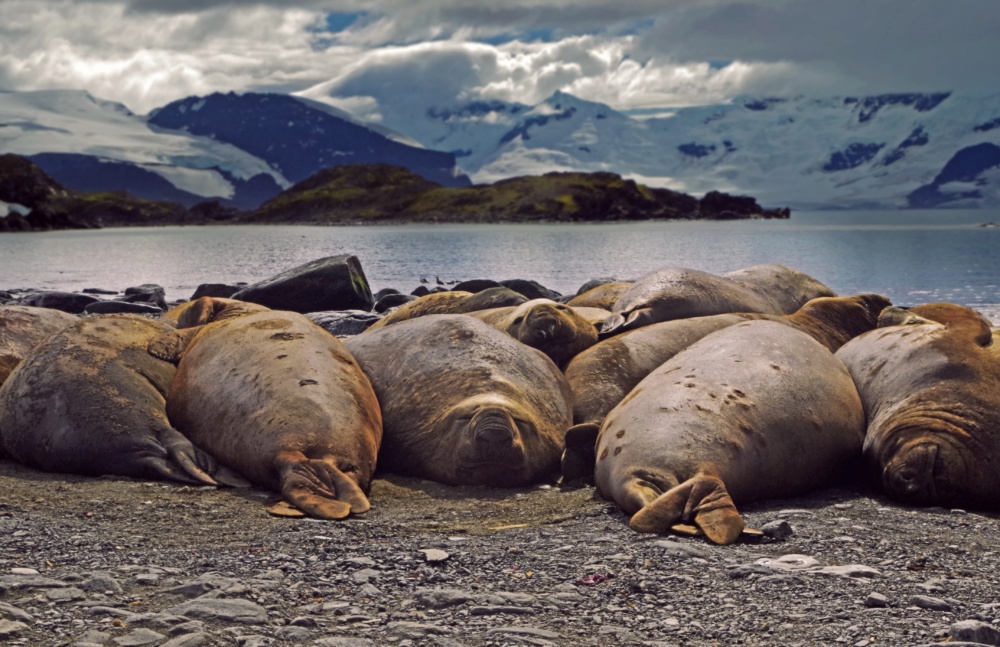 Jesamine Bartlett
Jesamine Bartlett As an animal which feeds on dead organic matter, and with no competitors or predators on the island, the midge is able to release large volumes of nutrients into the soil, which in turn changes the soil structure, thereby having wider impacts on the islands’ environment.
Jesamine Bartlett, a PhD candidate at the University of Birmingham, said, “It is basically doing the job of an earthworm, but in an ecosystem that has never had earthworms.
“This is concerning as Signy Island hosts some of the best examples of moss banks in the Antarctic region. It is also home to Antarctica’s only two flowering plant species, the hair grass, and pearlwort.”
The threat of introducing invasive species into the Antarctic’s long-isolated ecosystems is growing, not least due to rapid regional warming and increased levels of human activity.
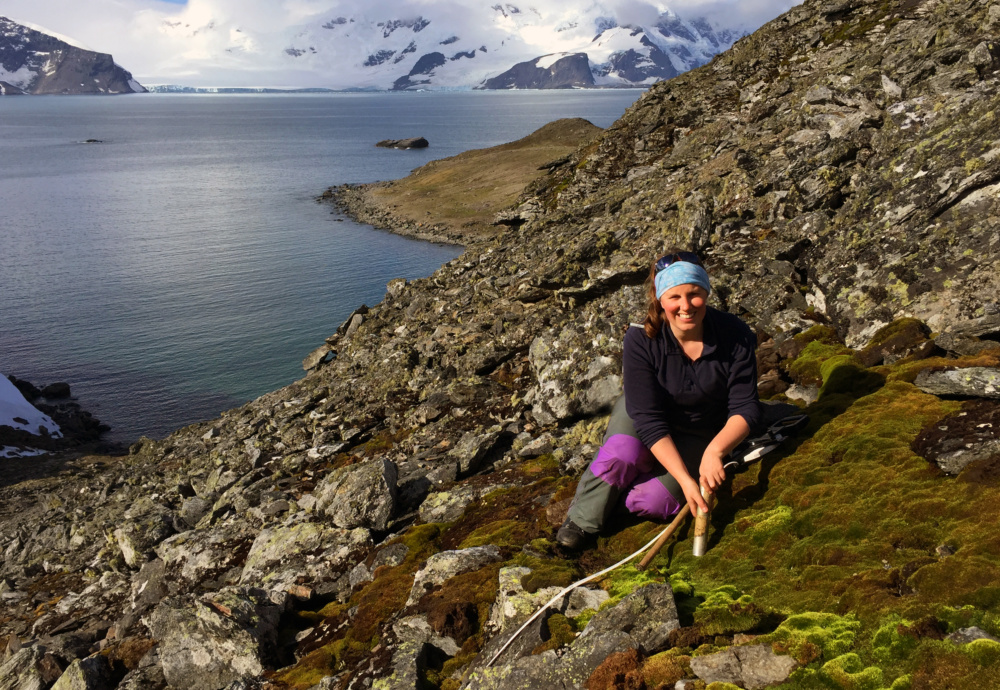 Jesamine Bartlett
Jesamine Bartlett Professor Peter Convey, of the British Antarctic Survey, said, “Visitors to Antarctica are subject to increasingly strict biosecurity measures, but accidental introductions continue to occur.”
“Midge larvae, for instance, are tiny and cannot be seen easily with the naked eye. Tourists and researchers may be bringing them in from their stopovers in the sub-Antarctic and moving them around the continent in the mud on their boots.”
Dr. Scott Hayward, also from the University of Birmingham, said, “We already know that E. murphyi is physiologically capable of surviving conditions much further south, for example on the Antarctic Peninsula, so controlling the risk of spread is critically important.”














